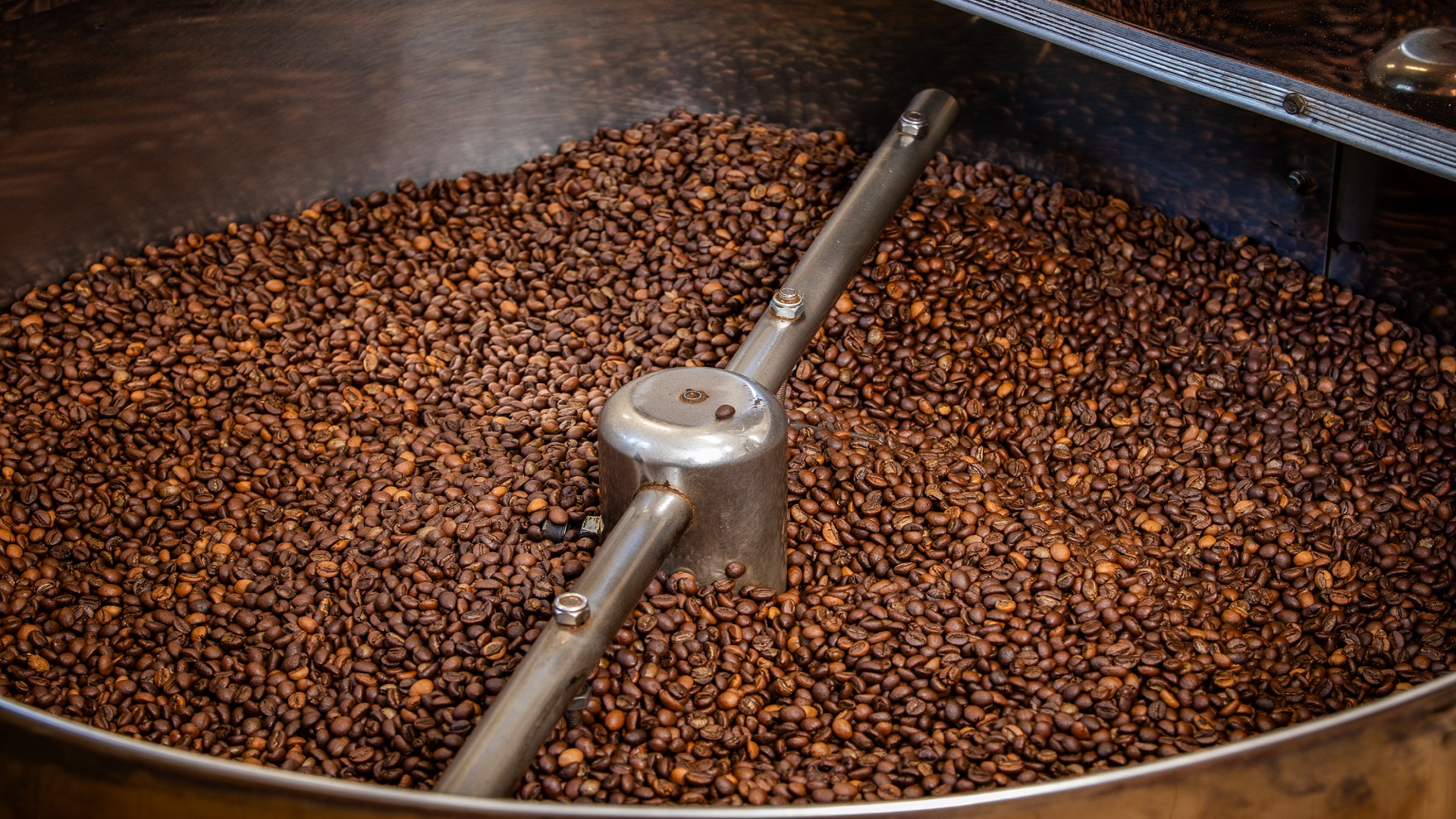Tech could someday let people even in dry climates
get clean water straight from the atmosphere›››
Brewing strength by transforming
coffee-grounds waste
Sustainable innovation is boosting concrete's durability and reducing environmental footprints 25 Mar 2024






